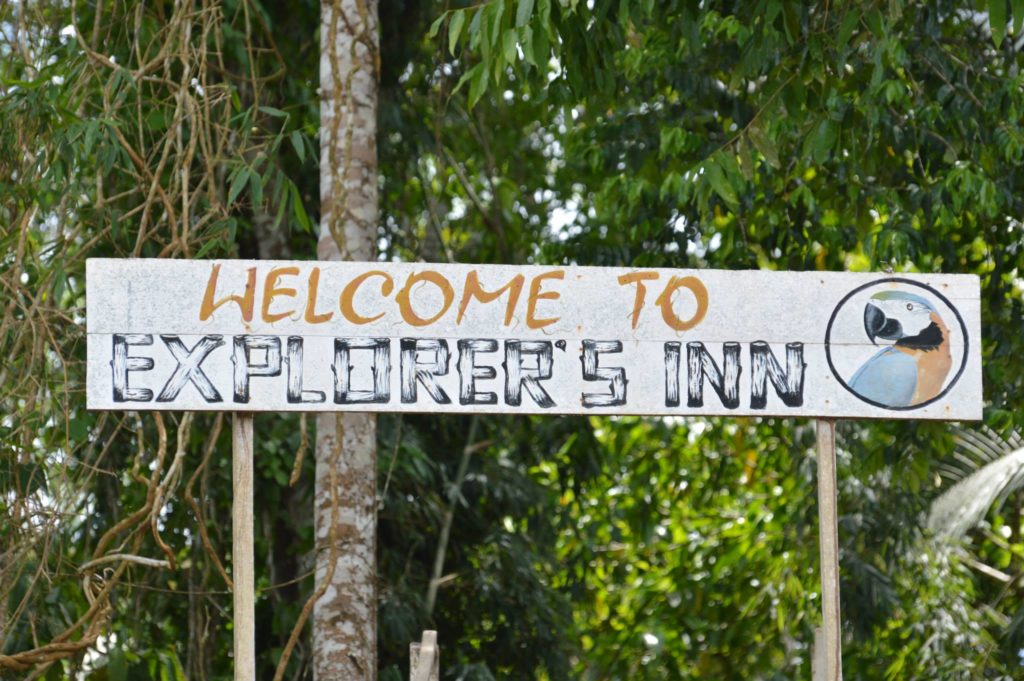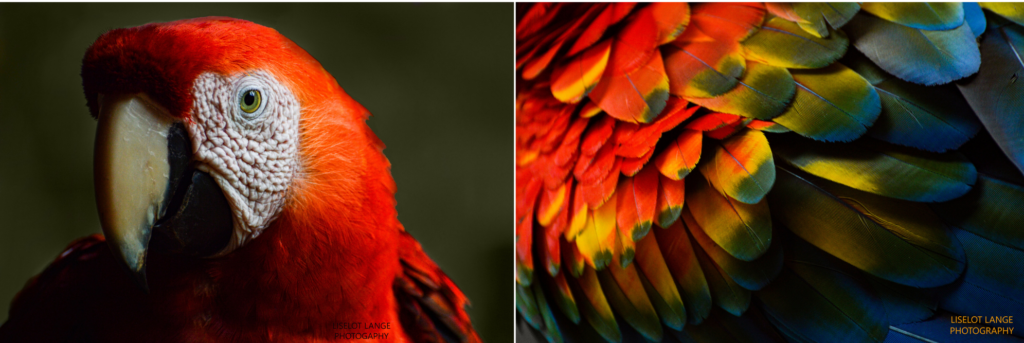
Liselot Lange
Conservation Fellow
Liselot (27) has been working in the Madre de Dios department since 2016. Her focus lies with conservation of spider monkeys through research, active conservation efforts and community/education outreach. So far most of her work has been conducted along the Las Piedras river.
Learn more about Liselot Lange
September 22, 2021
A spider monkey tale, part 2
It was late 2014 and I was back in the Netherlands after a life-changing trip to Suriname. Being home was surprisingly challenging; I felt out of place back in a classroom and back in Dutch society. My mind and body were aching to return to the wilderness as soon as possible. But how was I going to get back out there? What would be my purpose in the rainforest? A fellow student became aware of my enthusiasm for primates and told me about a Master’s degree in England, Primate Conservation. Thanks to her, I came out of my funk of being ‘stuck’ in the droopy, grey Netherlands and started dreaming again. I immediately started digging for information about the MSc program and got really excited about the idea of actually being able to pursue my freshly developed dream to work in primate conservation.
Ideally I would return to the rainforest before starting the MSc program. To make sure I was accepted into the program, I figured I ought to gain more research skills. I Googled for research opportunities with primates and found a couple of amazing options. I applied to one in Borneo and one in Peru and was accepted for a Primate Research Internship by the NGO Fauna Forever (FF) in Peru. In the months following my Bachelor’s graduation, I saved up money working as a waitress and bartender to be able to cover some of my travel expenses and camera equipment. A few last preparations, then off I went.

Peruvian adventure starts ©Liselot Lange
My trip took me from Amsterdam to Lima and from Lima to Puerto Maldonado. I got picked up from the airport by the founder of FF, Christopher Kirkby, and their volunteer coordinator at the time, Natalie Wetenhall, who became an incredibly dear friend of mine. After an introduction to the organisation in the city of Puerto Maldonado, we traveled to the field station where I would stay for my first two months of the internship, the Explorer’s Inn lodge (EI). I didn’t realize it at the time, but EI is one of the pioneer lodges in the Madre de Dios region (established in 1975), located at the conjunction of the Tambopata River and the La Torre River. A very interesting place to start my journey in Peru.

At EI, I was greeted by the FF staff, other volunteers, team coordinators and a red-and-green macaw called Wauwie. I had applied for the primate research internship, but upon arrival it became clear that there was no coordinator to guide me or to show me the ins and outs of primate research. I was quite surprised and disappointed, but determined not to let this ruin my experience. After all, I was still in the Amazon rainforest and even though I wouldn’t be taught the skills I had hoped to learn, I did not want to let anything (or anyone) get in my way of familiarising with the Amazon rainforest and to learn about other subjects. Most days I would walk the trails with other volunteers looking for monkeys; we would try to gather data on the primates. ther days I would go out with the mammal coordinator, Glubert Ramos Vilca, and conduct line transects to be able to study distributions of mammal species. On some days we would visit one of the nearby lakes or climb the climate tower that was built on the EI land.

Me, going down the climate tower at the Explorer’s Inn lodge ©Ellie Kothmann
I loved walking through the forest around EI, there was so much to see and discover. We found the most colourful insects and spiders, giant river otters, large herds of peccaries, the most beautiful species of birds and many species of primates. However, there was yet another disappointment I had to face. I hadn’t spotted any spider monkeys (Ateles chamek), and when I asked around, I learned that spider monkeys were hunted to local extinction in parts of the Tambopata National Reserve (TNR). There were many other species of primates to be found in TNR, but just like in Suriname, the spider monkey was a favoured species in the bushmeat trade here; the hunting pressure from a few decades ago has almost completely erased the spider monkey population in various parts of the TNR. The species of spider monkey that used to occur here (the black-faced black spider monkey) is recognized asEndangered on the Red List of Endangered species by the International Union for Conservation of Nature (IUCN).

After a few weeks my time at EI was up and FF changed fieldstations. We all moved to Venado to continue the FF research at a different site and ecosystem. Venado is a small research station run by the same people who own Wasai, a successful tourism organisation—with both a hotel in the city of Puerto Maldonado and a tourist lodge along the Tambopata River. A jungle path of 4km connects the Venado station and their lodge. Right next to the station a manmade lake was built, which was visited by caimans at night and other wildlife during the daytime. In the first two months of my internship I had become quite familiar with the forest and I started enjoying going out alone. The forest fascinated me and walking alone allowed me to really take in my surroundings. I would stop at unfamiliar sounds until I figured out what I was hearing, finding many hidden creatures that other people would probably walk right by!
The experience, although not the one I had wanted and hoped for, prepped me for my future research in the Peruvian Amazon.
I learned how to recognize sounds: sticks falling naturally or due to animals, bushes moving from wind or a monkey jumping, I learned to distinguish different smells and how to spot non-moving birds and other small creatures between the endless greens.
Even the city of Puerto Maldonado, a typical jungle town swarmed with motorbikes and tuk tuks throughout the day, and with small restaurants selling daily ‘menús’ on each corner, charmed me in ways I couldn’t really describe to anyone. I felt really comfortable and at home in this region and after I completed the four-month internship and another three weeks of traveling through Peru, I knew I would be ready to come back soon.
To anyone currently considering traveling, volunteering or taking on an internship abroad—if you have the opportunity—definitely go for it. The experience, however challenging or exciting, will forever stay with you and might even guide you onto journeys you would’ve never thought to go on. Whether it’s South America or other continents that spark your interest, I would recommend that you find a renowned organisation and even follow up on online reviews to make sure you find the best place for you.
